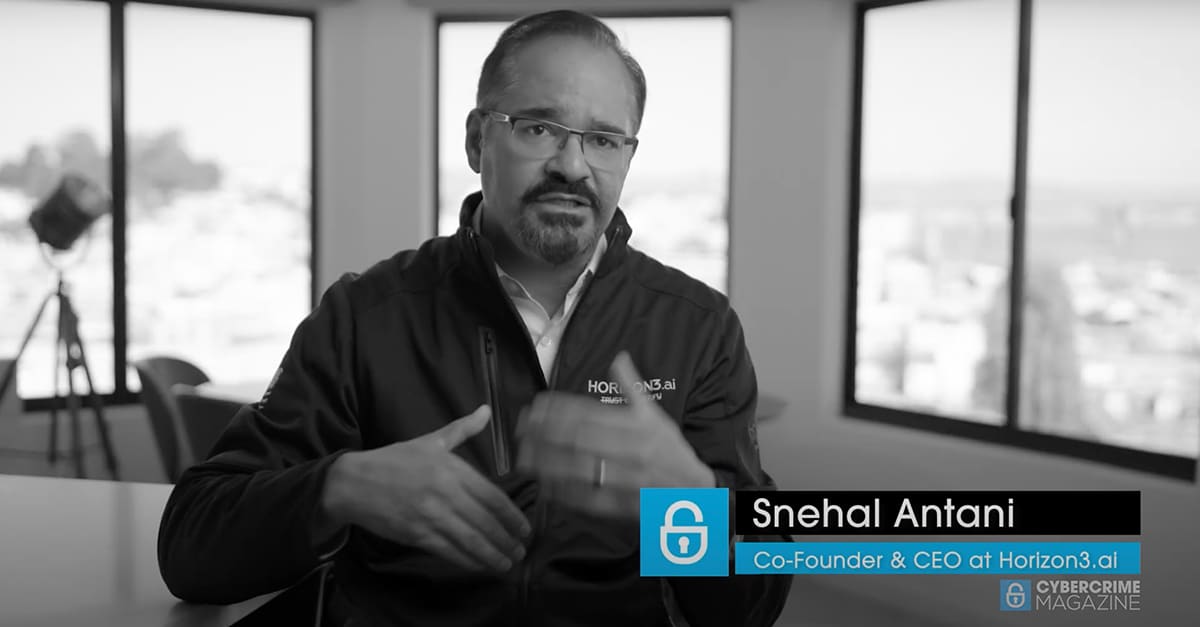Offensive security is a proactive cybersecurity strategy focused on simulating, or even better, emulating real-world attacks to identify and exploit vulnerabilities before malicious actors can. By thinking like an attacker, organizations uncover weaknesses, test defenses, and strengthen their overall security posture.
Penetration testing has a far longer history than most realize. Its origins trace back to 1967, when early security pioneers warned that organizations would chronically underinvest in protecting sensitive data unless they actively tested their systems. That warning led to the formation of the first military tiger teams, precursors to modern red teams, who examined mission command systems through the eyes of the adversary.
Over the following decades, what began as an underground hacker movement gradually professionalized. From the release of tools like SATAN in the 1990s to the creation of standards like the Penetration Testing Execution Standard (PTES) and OWASP’s frameworks in the 2000s, offensive testing evolved into a strategic discipline. Today, with cybercrime damages projected to exceed $10 trillion annually, adversarial testing has become essential — not optional.
Offensive security is now a core discipline for validating Zero Trust, proving defense-in-depth, and meeting readiness standards like the 2023 Department of the Navy’s Cyber Strategy and the 2024 DOD’s CORA program.
Why Offensive Security Matters
Cyberattacks are no longer isolated events. They’re continuous, automated, and often stealthy. Attackers exploit misconfigurations, credential reuse, and overlooked trust relationships to pivot and escalate access. That’s why firewalls and scans aren’t enough.
Offensive security shifts the mindset from compliance to confirmation. It challenges assumptions, exposes blind spots, and drives remediation before attackers strike.
It also plays a critical role in advancing Zero Trust Architecture. By emulating adversaries, offensive testing continuously validates whether access controls, segmentation, and identity protections are actually working, not just theoretically configured.
Offensive vs. Defensive Security
| Category | Offensive Security | Defensive Security |
|---|---|---|
| Purpose | Simulate threats to test and improve readiness | Prevent, detect, and respond to threats |
| Mindset | Attacker’s perspective | Defender’s perspective |
| Activities | Pentesting, red teaming, adversary emulation | Patch management, SIEM analysis, EDR |
| Common Tools | Metasploit, Cobalt Strike, Sliver | CrowdStrike, SentinelOne, Splunk |
Offensive and defensive security are not opposites — they’re complementary. When combined, they close the gap between assumed security and proven resilience.
Core Components of Offensive Security
Penetration Testing
Simulates known and unknown vulnerabilities in infrastructure and applications, safely exploiting them to identify real-world risks.
Red Teaming
Stealthy, goal-oriented simulations that test your organization’s detection and response capabilities against advanced, persistent tactics.
Adversary Emulation
Uses threat intelligence and frameworks like MITRE ATT&CK to replicate the methods of known threat actors.
Social Engineering
Tests human weaknesses via phishing, pretexting, and impersonation to assess awareness and policy enforcement.
Offensive Security Methodologies
Structured offensive operations rely on trusted frameworks:
- MITRE ATT&CK – Models attacker behavior across the kill chain
- NIST SP 800-115 – Federal guidance for technical assessments
- OWASP Top 10 – Highlights critical web application risks
- Purple Teaming – Red + blue team collaboration to improve detection
- Kill Chain Mapping – Ensures visibility across attacker stages
- TTP Chaining – Simulates how attackers link small weaknesses into full compromise paths
The Evolution of Offensive Security
Traditional pentests were infrequent and scoped, not enough to keep up with modern adversaries. Today, offensive security is continuous, automated, and often runs in production environments using platforms like NodeZero®.
This shift is supported by national-level strategy. As previously mentioned in this blog, the Department of the Navy has emphasized the need for regular adversarial testing. And in 2024, the Department of Defense launched the Cyber Operational Readiness Assessment (CORA) program — a major pivot from compliance-based checks to operational realism. These initiatives reinforce the need for ongoing, adversary-emulating testing to ensure mission and business continuity.
Tools Used in Offensive Security
Reconnaissance
- Shodan – Internet-connected device search engine used to discover exposed assets and services.
- Maltego – OSINT and relationship mapping tool for visualizing infrastructure, people, and domain linkages.
- SpiderFoot – Automated reconnaissance platform for scanning and uncovering surface-level exposure.
Exploitation
- Metasploit – Exploit development and payload delivery framework.
- Cobalt Strike – Commercial red team tool for command-and-control and post-exploitation operations.
- Sliver – Open-source C2 framework and modern alternative to Cobalt Strike.
Post-Exploitation
- Mimikatz – Credential dumping and manipulation tool for extracting plaintext passwords and hashes.
- BloodHound – Active Directory mapping tool for identifying privilege escalation paths.
Social Engineering
- Gophish – Phishing simulation framework for testing employee awareness and response.
- Evilginx – Advanced phishing toolkit that captures credentials and session cookies by proxying real login pages.
Adversary Emulation
- MITRE CALDERA – Automated adversary emulation platform based on the MITRE ATT&CK framework.
- SCYTHE – Commercial adversary simulation platform that mimics real threat behavior and validates detection.
Each tool simulates a specific stage of the attack lifecycle — from initial discovery to lateral movement and privilege escalation.
Real-World Scenario
A financial services firm conducted a red team operation as follows:
- Phishing email compromised a help desk user
- MFA bypass was possible due to a legacy system
- BloodHound identified an attack path to domain admin
- Lateral movement occurred without detection
- Impact: Domain admin was achieved in under 3 hours
This red team simulation provided clear proof of risk and a roadmap for mitigation. It’s the kind of adversarial exposure validation now expected by programs like CORA and the Navy’s cyber strategy.
Why Organizations Invest in Offensive Security
- Validate security controls with proof, not assumptions
- Test APT and ransomware readiness using real-world tactics
- Train SOC and IR teams through realistic adversarial exercises
- Meet compliance (CMMC, PCI-DSS, ISO 27001, DORA, NIS2)
- Support Zero Trust validation through continuous testing
- Lower cyber insurance premiums with demonstrated resilience
- Provide board-level visibility with verified outcomes
How to Get Started
- Learn the fundamentals: Networking, Linux, Windows, IAM
- Practice in labs: TryHackMe, Hack The Box
- Certify skills:
- OSCP – Offensive Security Certified Professional
- CRTO – Certified Red Team Operator
- PNPT – Practical Network Penetration Tester
- Join CTFs: Practice solving real-world attack chains
- Study CVEs and MITRE ATT&CK: Stay current on tactics and threats
Frequently Asked Questions
Is offensive security ethical?
Yes — when conducted with proper authorization and scope, it’s essential to good defense.
How often should we test?
Continuously if possible. At minimum, quarterly or after significant changes.
Is this only for large enterprises?
Not anymore. Autonomous pentesting platforms have made offensive testing accessible to SMBs, governments, and lean security teams.
Conclusion
Offensive security isn’t about breaking things, it’s about proving what’s broken before it breaks you.
With mandates like CORA and the Navy’s cyber doctrine institutionalizing adversarial testing, the future of cyber readiness is defined by action, not assumptions. Whether you’re building a Zero Trust architecture or preparing for a compliance audit, one truth holds:


